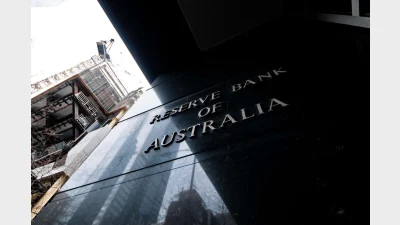Cost and complexity drive outsourcing


Why would a superannuation fund look to a custodian to undertake key middle-office functions? A recent analysis published by BNP Paribas Securities Services tells why – mostly avoiding cost and complexity.
Why would buy-side institutions outsource crucial investment operations?
At one time, and particularly in the aftermath of the 2008-2009 financial crisis, reducing costs might have been the principal reason, but today a combination of the growing complexity of the role and strategic factors are just as likely to induce investment managers to consider making the switch.
Meeting strategic imperatives
Naturally the propensity to outsource reflects the size and ambitions of the institution itself: supersized fund houses such as Fidelity and BlackRock are more likely to have the resources to deploy and manage their own processes, while boutique asset managers would by necessity have been forced to use third parties for many more functions.
But the divide is not necessarily that simple: global reach means it is often in the interest of bigger buy-side institutions to focus on improving their client experience rather than trying to do everything themselves. Using outsourced providers also reduces the risk associated with having multiple functions under one roof.
It is also the case that the asset management industry itself has changed dramatically in recent years.
Geographically the business has become more internationalised, as the focus has shifted to high-potential Asian markets, a region which encompasses a much wider variety of economic development and jurisdictional fragmentation than Europe and North America. The appeal of adopting a global operating model, rather than reconciling the operations of disparate offices in various jurisdictions, makes outsourcing a compelling option.
In addition, market pressures mean many more asset managers have been forced by necessity into more complicated alternative asset classes and products, fragmenting their middle office operations.
Outsourcing investment operations to a provider with an open architecture that allows simultaneous access to multiple parties – custodians, fund administrators, trustees, and others – can give greater flexibility to deliver such services.
The biggest strategic driver is that middle office functions increasingly need to be aligned with the requirements of the front office, and hence also clients. This means managing and providing more real-time information, requiring a considerable investment in technology and headcount unless these obligations are outsourced.
Take collateral management, for example: whereas before the financial crisis many investment managers were content with weekly reconciliation, now the front office needs to know counter party exposure daily, particularly with regard to over the counter (OTC) derivatives. There is also an increasing drive for more regular updating of the investment book of records (IBOR) to ensure the front office has a view of positions that is as up-to-date as possible, as well as for a clearer picture of cash and forex positions. Clients are also increasingly demanding quicker and more regular reporting of performance; institutional clients, for instance, are calling more frequently for daily profit and loss analysis.
Recommended for you
Governor Michele Bullock took a more hawkish stance on Tuesday, raising concerns over Donald Trump’s escalating tariffs, which sent economists in different directions with their predictions.
Equity Trustees has announced the appointment of Jocelyn Furlan to the Superannuation Limited (ETSL) and HTFS Nominees Pty Ltd (HTFS) boards, which have oversight of one of the companies’ fastest growing trustee services.
Following growing criticism of the superannuation industry’s influence on capital markets and its increasing exposure to private assets, as well as regulators’ concerns about potential risks to financial stability, ASFA has released new research pushing back on these narratives.
A US-based infrastructure specialist has welcomed the $93 billion fund as a cornerstone investor.












